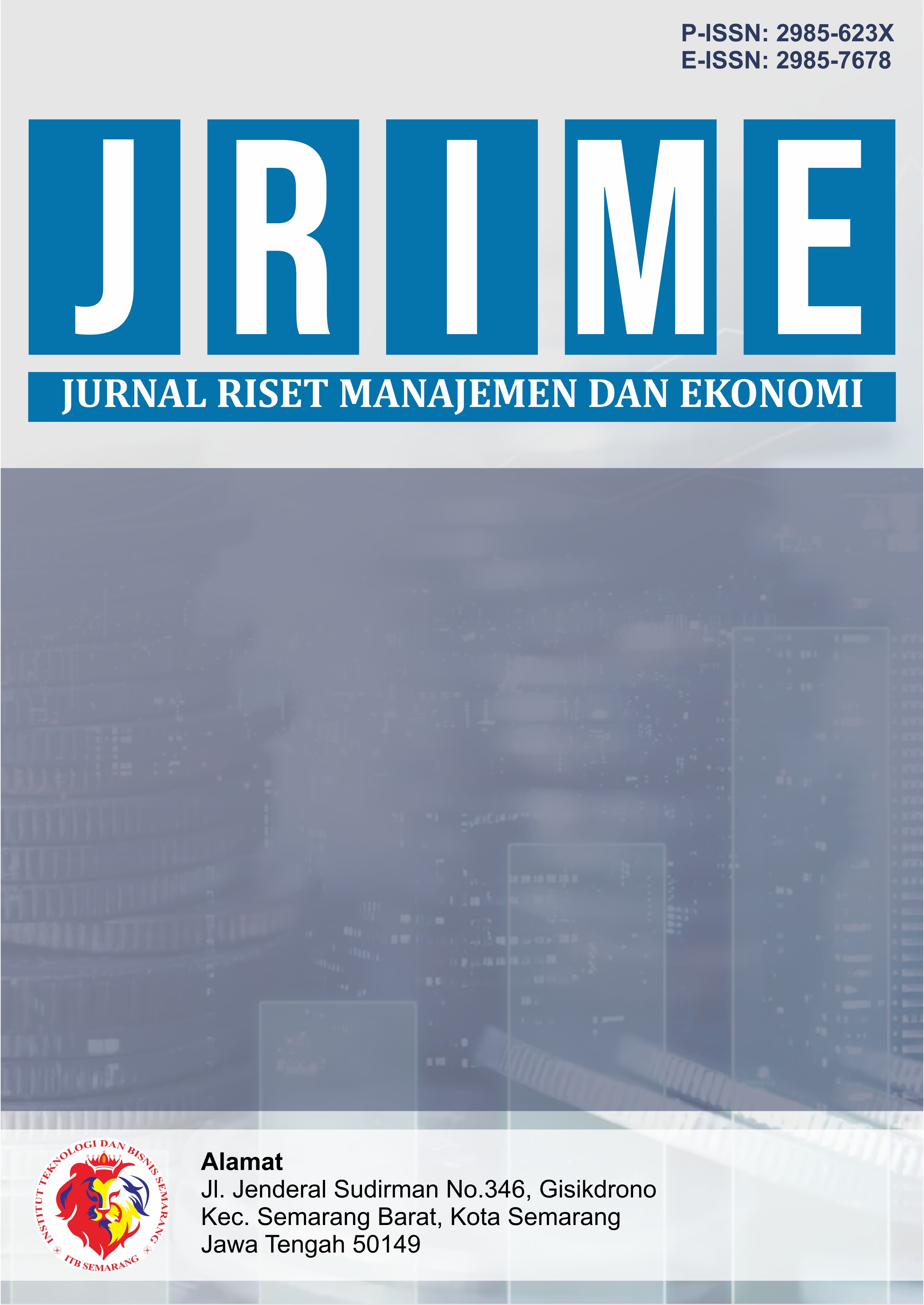Efektifitas RCEP dalam Mendorong Perdagangan di ASEAN
DOI:
https://doi.org/10.54066/jrime-itb.v3i1.2858Keywords:
RCEP, Market Access, Economic GrowthAbstract
Regional Comprehensive Economic Partnership (RCEP) is a free trade agreement involving 15 countries in the Asia-Pacific region, including 10 ASEAN member states as well as partners such as China, Japan, South Korea, Australia and New Zealand. Signed in November 2020, RCEP is one of the largest trade agreements in the world, covering around 30% of the global population and world GDP. For ASEAN countries, RCEP has important objectives, including improving market access, reducing tariffs and trade barriers, and strengthening economic integration. This agreement is expected to have a significant positive impact on the economy and trade in ASEAN, by driving economic growth through increased trade and investment, creating jobs, and improving people's welfare. In addition, RCEP also enables economic diversification by providing access to new markets, thus reducing dependence on traditional markets. By harmonizing standards and regulations, RCEP can increase the competitiveness of products from ASEAN countries in the global market, thus strengthening their position in the world economy.
References
ASEAN Secretariat. (2022). Economic integration and RCEP: Impact on ASEAN trade. ASEAN Economic Community Reports.
ASEAN. (2020). Regional Comprehensive Economic Partnership (RCEP) agreement. Retrieved from https://asean.org/rcep-agreement
Banga, R. (2021). The impact of RCEP on trade and investment in Asia. Asian Economic Policy Review, 16(1), 1-20. https://doi.org/10.1111/aepr.12345
Choi, S. (2022). RCEP and its implications for Southeast Asia: Opportunities and challenges. Journal of Southeast Asian Economies, 39(2), 150-168. https://doi.org/10.1355/aepr.12345
Elms, D. (2023). Trade integration in Asia: RCEP's impact on ASEAN economies. Asian Trade Policy Journal, 18(4), 150-170. https://doi.org/10.1080/atpj.2023.123456
Elms, D. (2023). Trade integration in Asia: RCEP's impact on ASEAN economies. Asian Trade Policy Journal, 18(4), 150-170. https://doi.org/10.1080/atpj.2023.123456
Kim, J., & Lee, S. (2021). Trade facilitation under RCEP: A new era for ASEAN economies. Asia-Pacific Trade and Investment Review, 17(3), 45-62. https://doi.org/10.1080/aptir.2021.123456
Petri, P. A. (2021). The Regional Comprehensive Economic Partnership and Asia's trade future. Journal of Asian Economics, 75, 101305. https://doi.org/10.1016/j.asieco.2021.101305
Petri, P. A., & Plummer, M. G. (2021). The Regional Comprehensive Economic Partnership: A new era of economic integration in Asia. Journal of Asian Economics, 75, 101305. https://doi.org/10.1016/j.asieco.2021.101305
Soesastro, H. (2022). RCEP and the future of ASEAN economic integration. Asian Economic Policy Review, 17(2), 205-225. https://doi.org/10.1111/aepr.12347
Soesastro, H. (2022). RCEP and the future of ASEAN economic integration. Asian Economic Policy Review, 17(2), 205-225. https://doi.org/10.1111/aepr.12347
World Bank. (2021). The Regional Comprehensive Economic Partnership: A new era for trade in Asia. World Bank.
Downloads
Published
How to Cite
Issue
Section
License
Copyright (c) 2024 JURNAL RISET MANAJEMEN DAN EKONOMI (JRIME)

This work is licensed under a Creative Commons Attribution-ShareAlike 4.0 International License.






